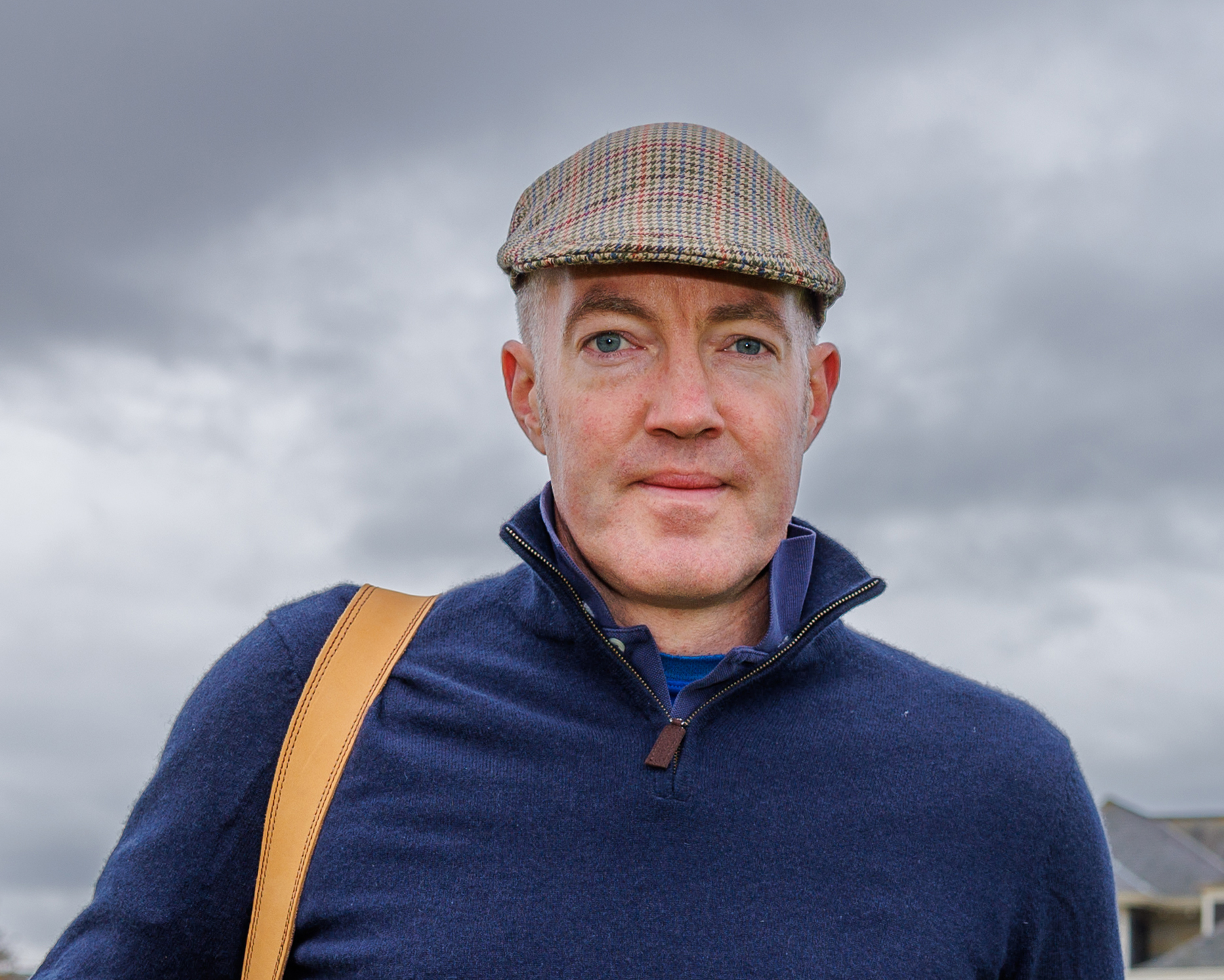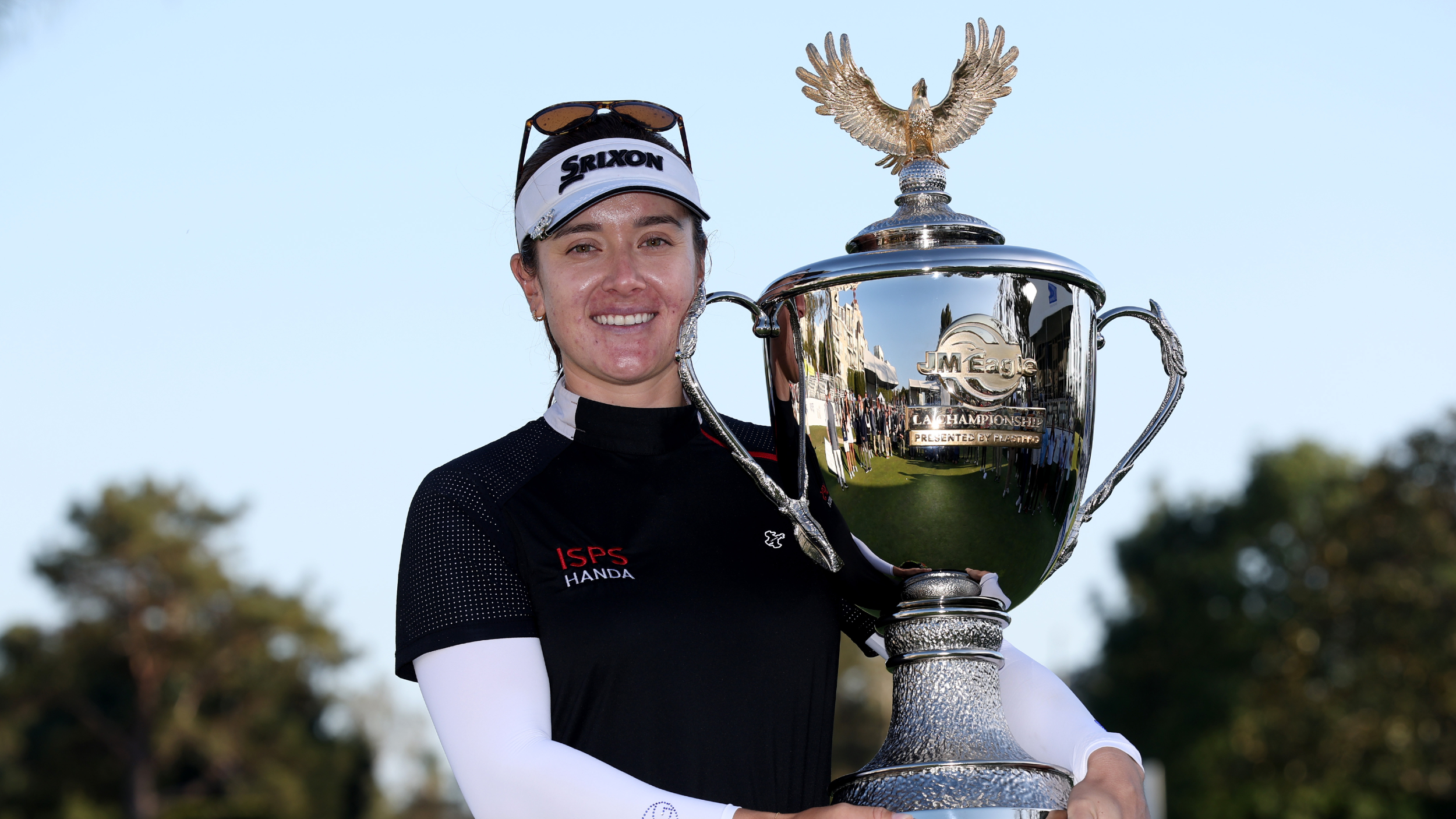How Far Would Old Tom Morris Hit The Modern Golf Ball With Modern Equipment?
If you handed golfing legend Old Tom Morris a 460cc driver and teed him up a brand-new ball, how far might he be able to strike it?


It’s probably best to clarify at the outset here – we can’t and will never know for sure how far Old Tom Morris would hit the modern golf ball with modern equipment. He’s been dead for 115 years and even if the likely-impossible happened and time travel became a thing, it’s unlikely scientists would use their new discovery to go back and see how far Old Tom Morris could hit a Callaway Elyte driver.
The following will then be largely conjecture, but it’s fun to speculate, isn’t it? Well, I think it is. So here we go.
Old Tom was obviously a great striker of the ball. You don’t win four Open Championships and countless money matches around the country without being able to give it a good skelp.
But, from the evidence we have, Tom wasn’t particularly renowned as a long hitter. He was more consistent and conservative than some of his contemporaries. Old Tom’s great rival Willie Park Snr was talked about as a more aggressive player than Tom. He swung harder and tried to generate more distance. He would generally outhit Old Tom.
Old Tom’s son Young Tommy Morris developed more of a reputation as a long hitter than his father during his tragically short career.

Old Tom began his playing career using the “featherie” ball which the better players of the day could get to travel about 175 yards in normal conditions. He then moved on to the gutta percha “guttie” ball in the middle of the 19th century. It travelled a little further – more like 200 yards in standard conditions.
Golfing technique was significantly different in Old Tom’s playing days. Using wooden shafts and strangely designed weapons like Old Tom’s “driver putter” which he used to great effect on the links to win the 1867 Open, the players had to swing within themselves to keep control of the more flexible and less forgiving clubs.
Get the Golf Monthly Newsletter
Subscribe to the Golf Monthly newsletter to stay up to date with all the latest tour news, equipment news, reviews, head-to-heads and buyer’s guides from our team of experienced experts.
That means Tom’s technique (as was) wouldn’t be optimal for getting the maximum out of modern equipment.
Also, the golf professional of the mid to late 19th century wasn’t focused on fitness like elite players of today. Old Tom didn’t spend two hours a day in the gym or practising yoga. On top of that, his golfing attire wasn’t exactly high performance. It’s quite difficult to make a full Rory McIlroy-style turn wearing a three-piece tweed suit.
Safe to say then, Old Tom Morris would not be topping the PGA Tour driving distance tables if you took him straight from 1860 and put him into the Sentry Tournament of Champions. Without a bit of practice, Old Tom in the prime of his career might have been able to hit the modern ball using modern equipment somewhere around the 240-250 yard mark.
But Old Tom was hugely skilful, the best player of his generation. He would quickly have been able to adapt if presented with some new fangled weapons that could gain him an advantage. He would have learned to modify his swing, to swing harder than he would have done with his old equipment.
He would have figured out how to maximise distance from the very strange looking club and ball he had been given and would surely have been capable of shifting it as far as a scratch handicapper might today. According to statistics from Shot Scope, the average scratch player hits the ball 259 yards with their driver.
So, an estimate of how far Old Tom Morris would hit the modern golf ball with modern equipment would be – 240 yards rising to 270 or 275 yards when he mastered the required technique.

Fergus is Golf Monthly's resident expert on the history of the game and has written extensively on that subject. He has also worked with Golf Monthly to produce a podcast series. Called 18 Majors: The Golf History Show it offers new and in-depth perspectives on some of the most important moments in golf's long history. You can find all the details about it here.
He is a golf obsessive and 1-handicapper. Growing up in the North East of Scotland, golf runs through his veins and his passion for the sport was bolstered during his time at St Andrews university studying history. He went on to earn a post graduate diploma from the London School of Journalism. Fergus has worked for Golf Monthly since 2004 and has written two books on the game; "Great Golf Debates" together with Jezz Ellwood of Golf Monthly and the history section of "The Ultimate Golf Book" together with Neil Tappin , also of Golf Monthly.
Fergus once shanked a ball from just over Granny Clark's Wynd on the 18th of the Old Course that struck the St Andrews Golf Club and rebounded into the Valley of Sin, from where he saved par. Who says there's no golfing god?
You must confirm your public display name before commenting
Please logout and then login again, you will then be prompted to enter your display name.
-
 JM Eagle LA Championship Prize Money Payout 2025
JM Eagle LA Championship Prize Money Payout 2025The LPGA Tour heads to California for the JM Eagle LA Championship, where the largest prize money payout of the season so far is on the table
By Mike Hall Published
-
 Corales Puntacana Championship Prize Money Payout 2025
Corales Puntacana Championship Prize Money Payout 2025The PGA Tour’s latest opposite field event features an attractive prize money payout and some former champions in the field
By Mike Hall Published